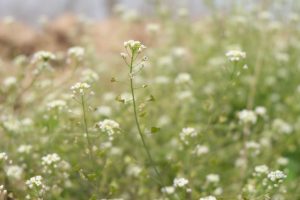 The first species I have picked to look at is baby’s breath the species genus name is gypsophila paniculata. Paniculata meaning a plant that has “tufts“.
The first species I have picked to look at is baby’s breath the species genus name is gypsophila paniculata. Paniculata meaning a plant that has “tufts“.
I chose this species because when working in a floral shop it was one of the most common bought ‘filler’ flowers there is, because it is cheap and white, and can be pretty. Personally I don’t care much for it because of the smell “Baby’s Breath” = stinky, I prefer to use the nicer purple misty flower because it provides a higher end look. So to my surprise for how common this flower is used in industry world wide to know that it is an invasive species shocked me.
Baby’s breath is originally from Eastern Europe and first went on a journey when a Swiss-Russian botanist from St Petersburg took it to Linnaeus.
Environmental impacts come from the events where the baby’s breath mixes into a hay supply, it will reduce the protein value of the crop. This environmentally impacts the quality of food going to livestock and other wildlife. The plant is also able to dominate and take over native and introduced perennial grasses on agricultural land.
This species is so incredibly invasive because a single plant can produce around 10,000 seeds, that are lightweight and good travellers.
In terms of what to do about this invasive species there aren’t any effective management tasks short of pulling the plants out of the ground, hopefully when they’re young, and before they are seeding. There is no known predator to the Baby’s Breath species.

Leave a Reply